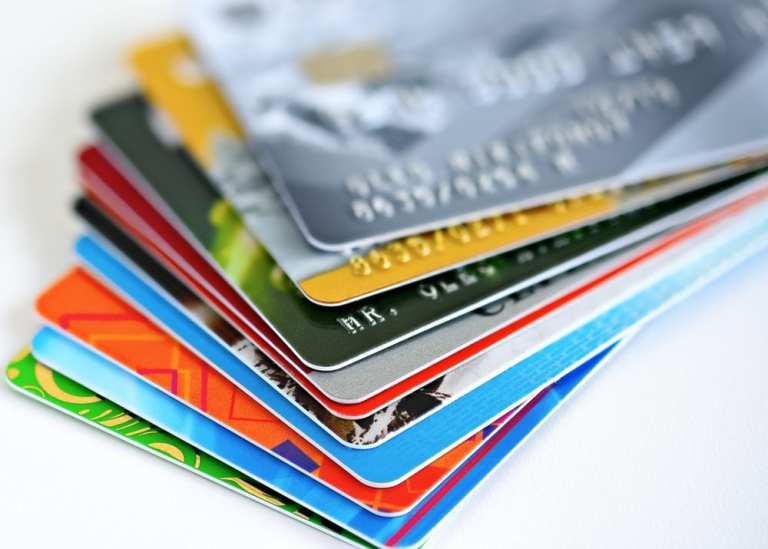It’s hard to imagine a world without credit cards. After all, there were close to 480 million of them being used by U.S. consumers as of the fourth quarter of 2018, up more than 100 million since the Great Recession of 10 years ago. And credit card debt reached $870 billion at the end of last year, setting a new record.
Believe it or not, the concept of “credit cards” has been around for a long time. According to a report in Payment Depot, it’s been available since the late 1800s and early 1900s, when customers were given small celluloid or metal coins/plates with identifying information so they could make purchases at specific businesses.
By the 1940s, banks started rolling out their own cards, issued only to members of the bank and used locally. Then, in 1949, after forgetting his wallet while out to dinner with his wife, New York businessman Frank McNamara came up with the Diner’s Club card, which became the first independent credit card company. Within its first year, the company had 10,000 cardholders and was accepted at 28 restaurants and 2 hotels throughout New York City.
The Diner’s Club card enjoyed a lack of competition for eight years before American Express and Bank Americard (which later became Visa) came on the scene in 1958 with universal credit cards. Today, at least 80 percent of consumer spending in the U.S. is cashless, and credit card debt stands as the fourth biggest portion of U.S. debt as of the end of 2018 — and it is growing at a faster pace than other categories.
That doesn’t mean plastic doesn’t have any competition. Digital payments are now available, although they aren’t as widely popular as credit cards. So far, both consumers and merchants in the U.S. have been reluctant to utilize mobile wallets and mobile payments. Between May 2018 and October 2018, more than 79 percent of Chinese smartphone users scanned, tapped, swiped or checked in with their mobile devices at stores’ point-of-sale (POS) systems to purchase products. That number was only about 25 percent for U.S. smartphone users.
See More In: American Express, consumer, credit cards, Digital Payments, digital wallets, Diners Club, Mobile Payments, News, Retail, Visa, What's Hot




